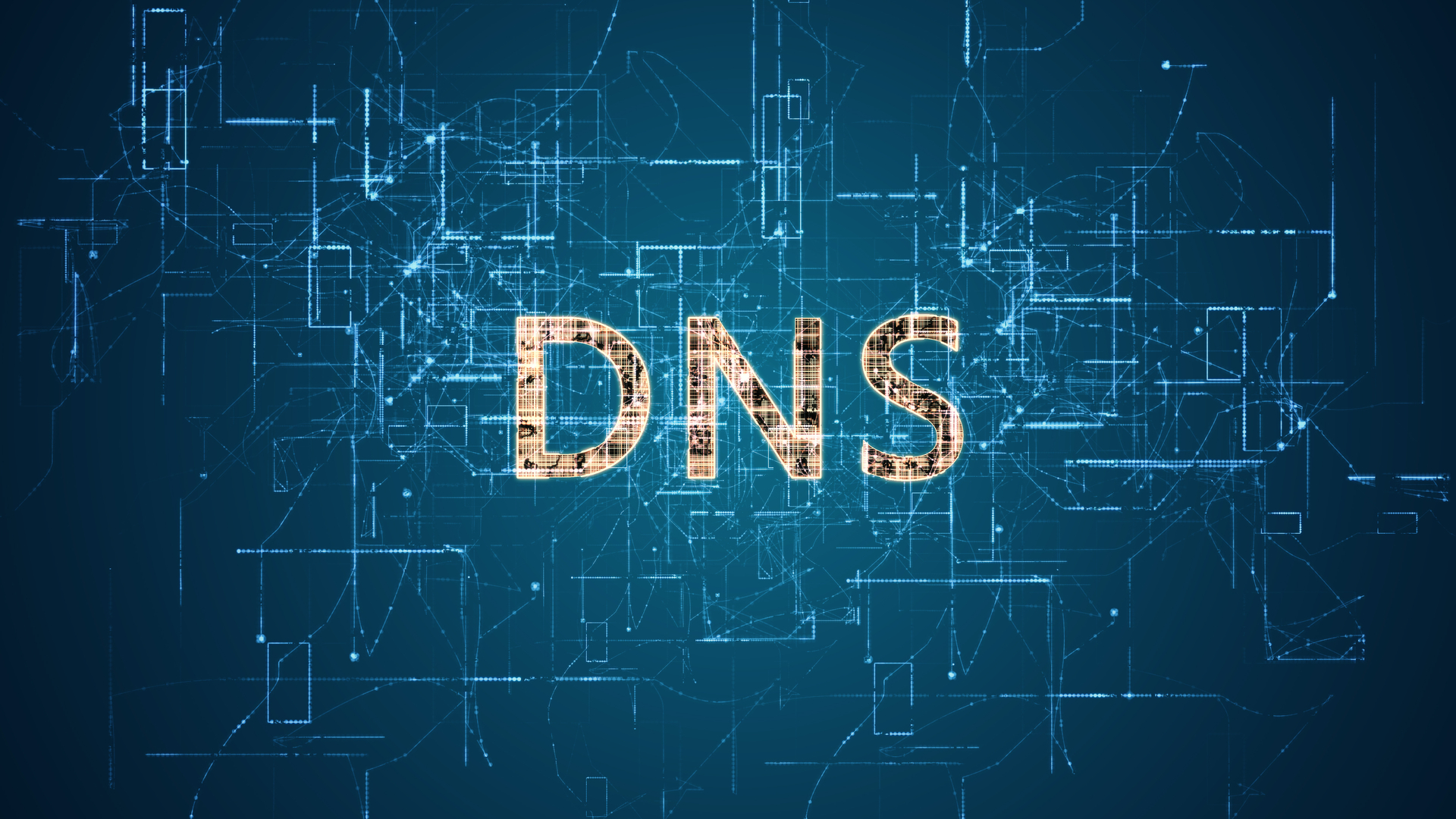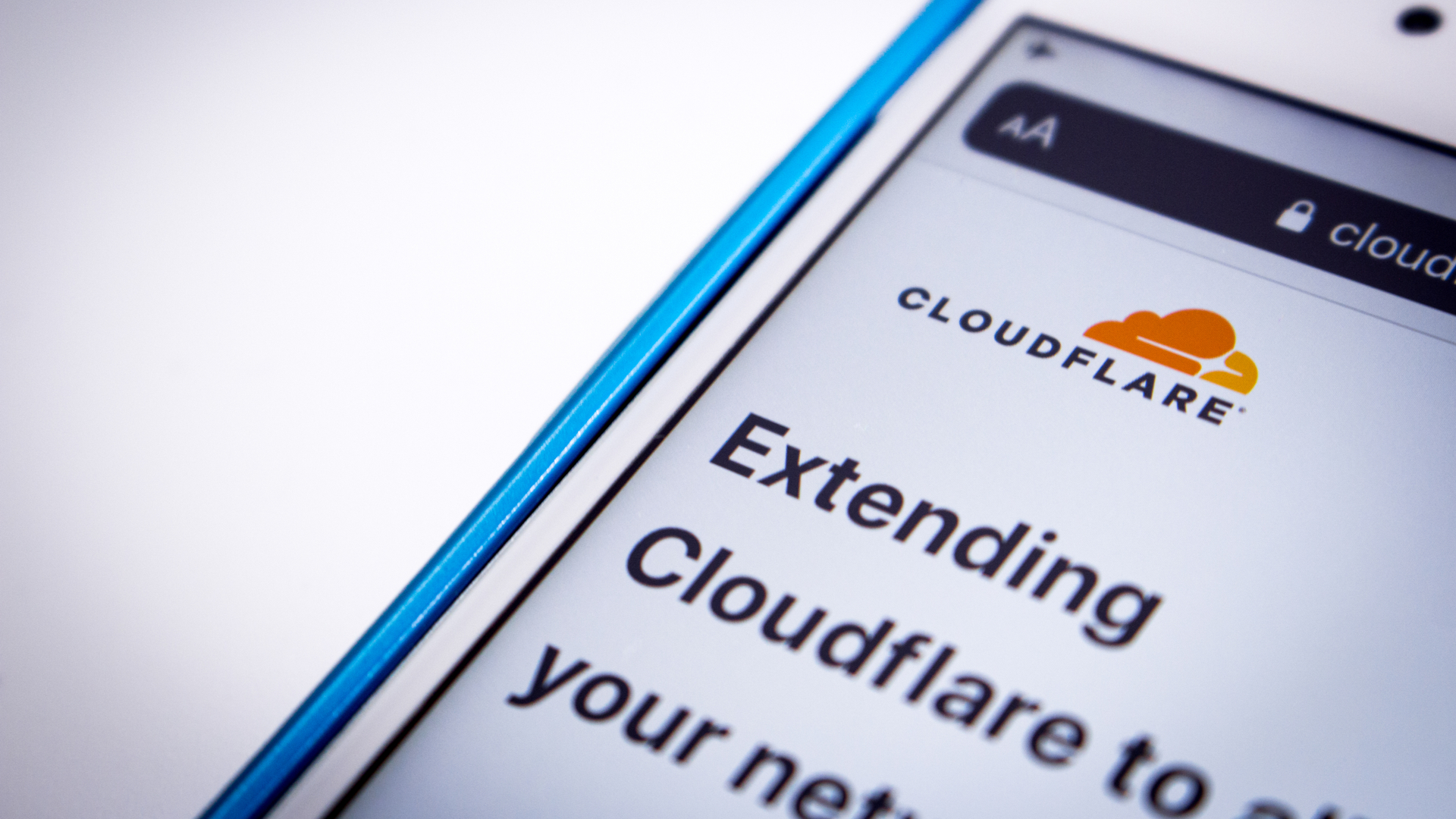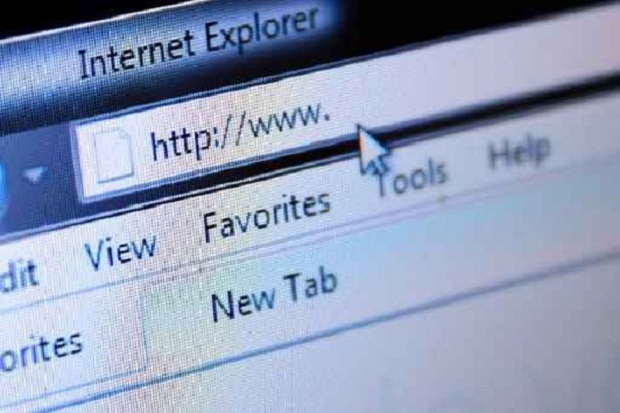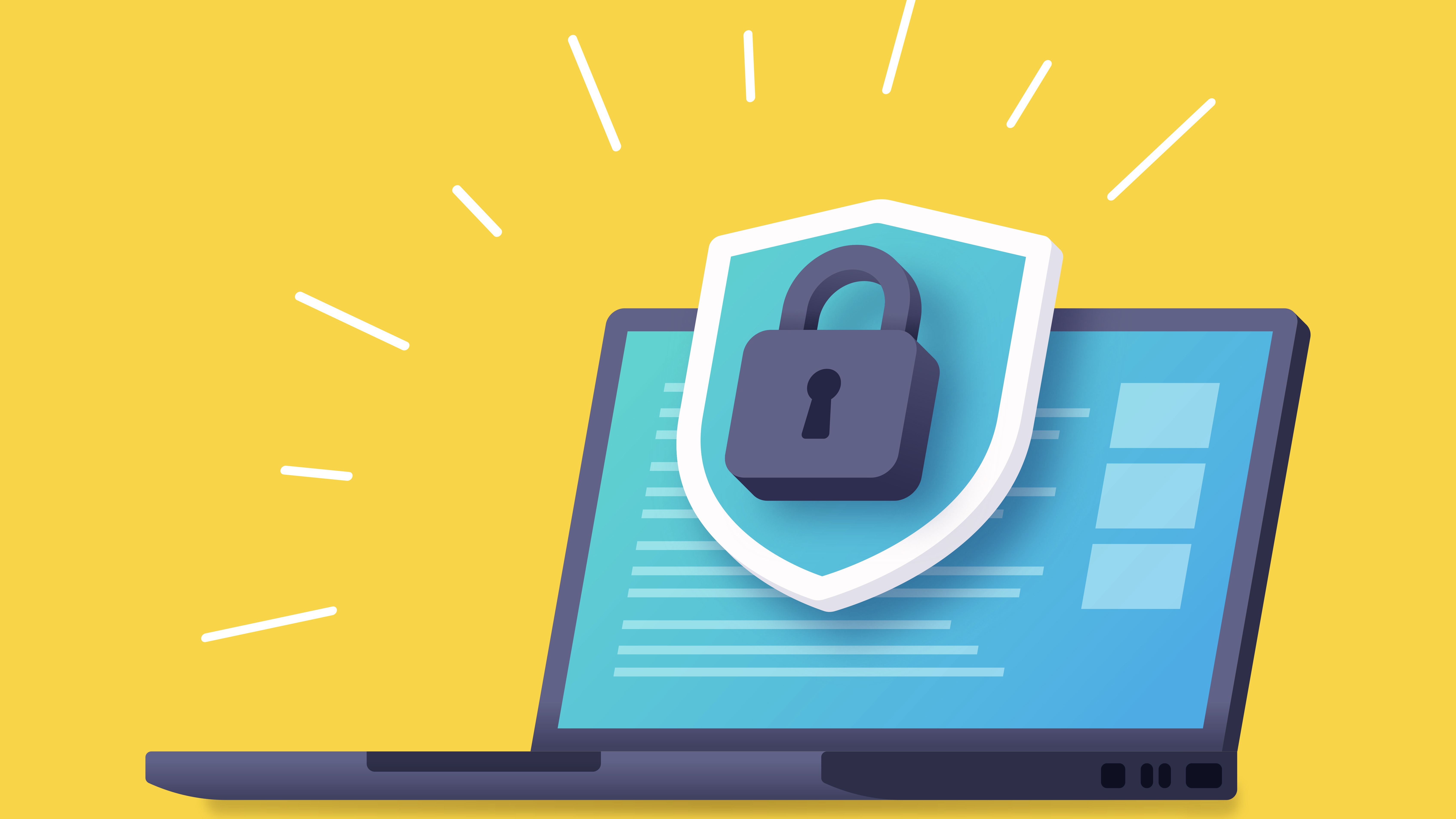Apple’s patch fails to fully protect against DNS flaw
Apple finally addresses a major DNS flaw that could leave its servers open to phishing attacks but experts have said it ignores Mac clients.

Apple's recent patch which was supposed to protect its servers against a serious Domain Name System (DNS) flaw does not completely solve the problem, according to experts.
The patch was meant to address a vulnerability which could let attackers secretly link browsers to malicious sites. However, according to nCircle's director of security operations Andrew Storms, although it works for Mac OSX servers, the patch doesn't fix Mac clients, as in its laptops and desktops, which make up the vast majority of Mac systems in the market.
Storms says in his blog that the patch fails to randomise source ports for OSX client libraries, which is necessary to completely fix the problem.
"For Apple, it matters most that they patch the client libraries", Storms says, "since there are so few OSX recursive servers in use. The bottom line is that despite this update, it appears that the client libraries still aren't patched."
The flaw was originally found by security expert Dan Kaminsky in March, and he gave the opportunity for technology giants like Cisco, Google, Yahoo and Microsoft the chance to fix the bug before the attack code could be circulated online.
The DNS acts as the net's address system, which enables computers to translate the website names people use into the numerical equivalent used by machines. If the flaw was exploited it would enable hackers to direct people to fake sites even if the correct address was written.
Apple had been noticeably slower in creating a patch than its rivals, with the patch released after a practical exploit had become available online on July 23.
Sign up today and you will receive a free copy of our Future Focus 2025 report - the leading guidance on AI, cybersecurity and other IT challenges as per 700+ senior executives
Apple has already explained that it was unlikely to comment on strategic planning matters, such as the release of security updates.
-
 DNS loophole could allow hackers to carry out “nation-state level spying”
DNS loophole could allow hackers to carry out “nation-state level spying”News Sensitive data could be accessed from corporate networks using vulnerability
-
 What is DMARC and how can it improve your email security?
What is DMARC and how can it improve your email security?In-depth Protect your customers and brand rep with this email authentication protocol for domain spoofing
-
 Cloudflare and Apple launch privacy-focused DNS protocol
Cloudflare and Apple launch privacy-focused DNS protocolNews Oblivious DNS-over-HTTPS safeguards users' browsing habits from third parties
-
 What is DNS?
What is DNS?In-depth We explain what DNS is, how it works, and how outages can be avoided
-
 D-Link routers under siege from months-long DNS hack
D-Link routers under siege from months-long DNS hackNews The attackers are running malicious IPs through a Google Cloud Platform virtual machine
-
 SMBs warned over corrupted SOHO router risk
SMBs warned over corrupted SOHO router riskNews Team Cymru researchers claim 300,000 routers may have had their DNS settings changed by cyber criminals.
-
 Will the FBI close down your online business this March?
Will the FBI close down your online business this March?In-depth In tackling the DNSChanger botnet, the FBI may take a load of businesses offline. Davey Winder is, unsurprisingly, anxious...
-
 DNS Changer botnet smashed in major cyber crime bust
DNS Changer botnet smashed in major cyber crime bustNews A botnet that is thought to have earned its controllers $14 million is dismantled.

